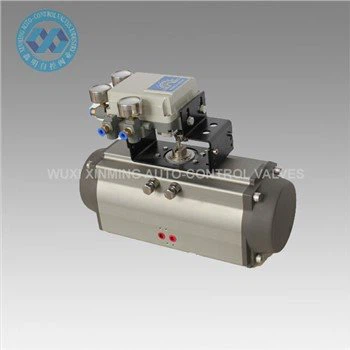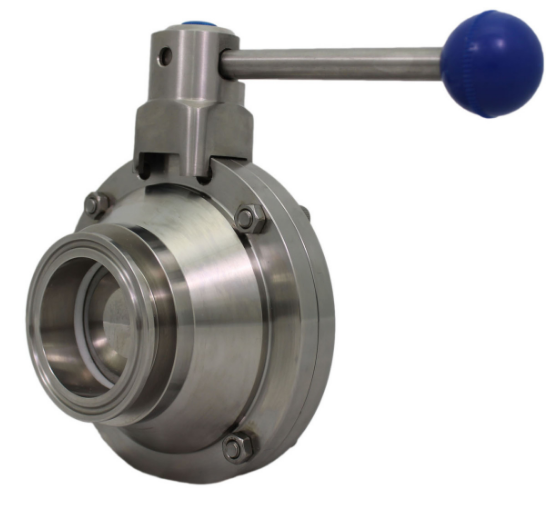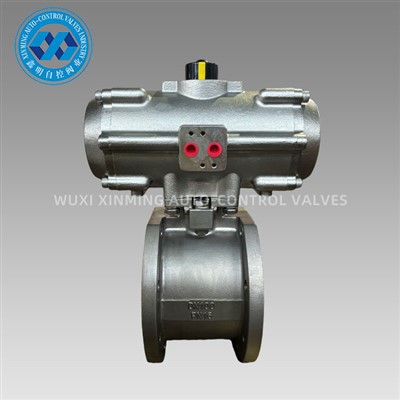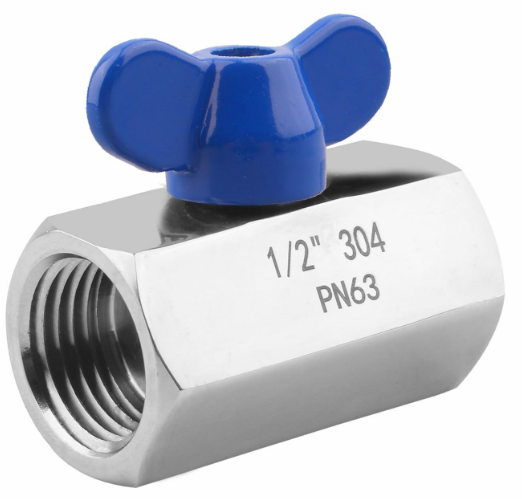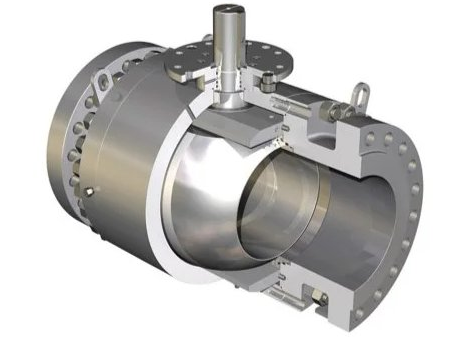What is a Pneumatic Actuator for Gate Valve?
A pneumatic actuator for gate valve is a mechanical device that uses compressed air to automate the operation of gate valves. Instead of relying on manual handwheel operation, a pneumatic actuator converts air pressure into linear or rotary motion, allowing the gate valve to open or close quickly, reliably, and with minimal human intervention.
Gate valves are typically used for on/off fluid control in industries like oil & gas, water treatment, power generation, and chemical processing. Pairing them with pneumatic actuators greatly improves operational efficiency, safety, and precision.
How It Works
-
Compressed Air Supply – Air enters the actuator chamber, creating pressure.
-
Piston or Diaphragm Movement – The pressure drives a piston or diaphragm, generating linear force.
-
Valve Stem Operation – This force is transferred to the gate valve stem, raising or lowering the gate.
-
Air Exhaust – Air is released from the opposite side of the chamber to allow movement in the desired direction.
Depending on the valve design, the pneumatic actuator can be single-acting (air opens, spring closes) or double-acting (air operates in both directions).
Benefits of Using a Pneumatic Actuator on a Gate Valve
-
Fast Operation – Reduces opening/closing time compared to manual operation.
-
Remote Control – Operate valves from a control room without manual access.
-
High Reliability – Less affected by temperature extremes and harsh environments.
-
Explosion-Safe – Ideal for hazardous areas where electric actuators may pose a risk.
-
Low Maintenance – Fewer moving parts compared to electric or hydraulic systems.
Applications in Industry
-
Oil & Gas Pipelines – For quick shutoff during emergencies.
-
Water Treatment Plants – Managing large water flow systems efficiently.
-
Power Plants – Steam and cooling water line control.
-
Chemical Processing – Safe handling of corrosive or toxic media.
-
Mining Operations – Slurry and tailings line control.
How to Select the Right Pneumatic Actuator for a Gate Valve
When choosing the best actuator, consider:
-
Valve Size & Pressure Rating – Ensure the actuator torque matches the required operating force.
-
Actuation Type – Single-acting for fail-safe closure or double-acting for faster cycles.
-
Air Supply Pressure – Usually 4–8 bar; must meet actuator specifications.
-
Environmental Conditions – Corrosion resistance and sealing for outdoor or hazardous use.
-
Control Options – Integration with solenoid valves, limit switches, and positioners.
Maintenance Tips
-
Regularly Inspect Air Lines – Prevent leaks and ensure clean air supply.
-
Lubricate Moving Components – Extend service life and reduce wear.
-
Test Fail-Safe Function – Ensure proper closure during power or air loss.
-
Check Valve Alignment – Misalignment can cause excessive wear on both valve and actuator.
Conclusion
A pneumatic actuator for gate valve is a reliable, efficient, and safe automation solution for controlling large-scale industrial fluid systems. With proper selection and maintenance, it ensures faster operation, improved safety, and reduced operational costs, making it an essential component for modern process control.
If you want to learn more about low-priced products, please visit the following website: www.xm-valveactuator.com







